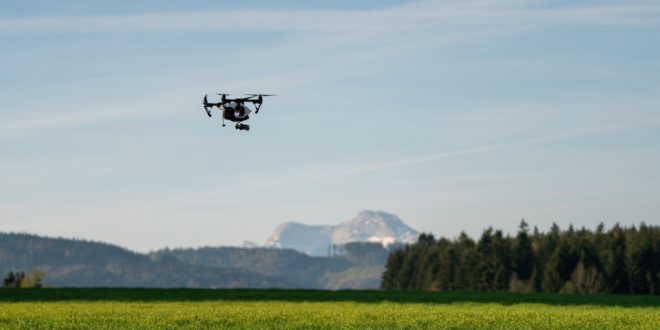The agricultural industry is critical to consumers and businesses around the world. The production of crops and livestock keeps the supply chain running smoothly. However, agriculture can cause significant harm to the environment through toxins and emissions. Instead of the current path that the industry is on, using technology will transform agriculture for the better.
The Changing Landscape
Agriculture works with the environment at all times. It only makes sense that it should be as green and sustainable as possible. Due to pollution and waste, though, this industry is a main contributor to environmental harm. In fact, the Environmental Protection Agency (EPA) reported that agriculture contributed to 10% of all greenhouse gas emissions in 2018.
This kind of pollution requires immediate changes. 2019 and 2020 brought unique challenges like increased supply and demand needs, the COVID-19 pandemic, interrupted supply chains and the worsening climate crisis. Technology, since it’s constantly evolving, can help with the transition to a greener industry. It can do so while saving money, too.
Efficiency and sustainability go hand in hand. They push industries forward in innovative ways that help conserve waste and energy while developing a better relationship with the environment.
For agriculture, focusing on data collection and using unmanned aerial vehicles (UAVs) are two main areas where technology will revolutionize the industry. These steps apply to both large agriculture sites and smaller businesses as well.
Automation, Sensors and Drones
Though agriculture works in nature, workers can integrate modern technology in countless ways. First and foremost, automation and sensors go together. While using wireless Internet of Things (IoT) sensors, farmers can also automate the system.
The sensors gather information automatically — they’ll report anything from soil moisture to crop health to weather conditions. Then, farmers can act accordingly based on the reports. Reducing pesticides and fertilizers will be especially important. The sensors will show when crops need more, and therefore rainwater runoff will wash away fewer toxins into the ground and nearby bodies of water.
For instance, when farmers hydroseed — the process of combining a form of fertilizer with water and seed — they will be able to use fewer ingredients.
Automating the system will take a similar form. Any data that sensors collect can run through the central system. With machine learning (ML) algorithms, the system can predict crop health and weather conditions as well as how viable a plot of land will be for growing. Again, farmers will be able to use this information to conserve resources and reduce all forms of waste. In the process, they will save money.
Drones are the next area of tech that the industry should be using. These fast, efficient devices can fly across acres of land, quickly monitoring plants so farmers don’t have to do so on foot. Drones can capture high-quality pictures and videos, read thermal signatures and even gather samples.
Using drones instead of heavy-duty vehicles on the farm will cut down on carbon emissions and make the process much more efficient in meeting consumer demands.
Transparency
The supply chain is a key part of the agricultural industry. It influences how much farmers must produce and sell, meeting demands around the world. For some smaller farms, the pandemic has been difficult to navigate, through financial struggles and employee shortages.
While automation, sensors and drones can help them get back on their feet and ahead of the game in a cost-effective way, this tech can also lead to better transparency in the industry. Consumers want to know that industries are meeting their needs and sustainable goals. With technology tracking and tracing the supply chain and illuminating every step, public transparency becomes possible.
With more honesty, farmers can work efficiently with technology and the public to meet everyone’s needs, while staying within their budget.
The Right Approach
As the world deals with the coronavirus pandemic, the agriculture industry must adapt in more ways than one. Luckily, technology provides sustainability, cost-effectiveness and efficiency. Working together, these three areas create a greener and more powerful agriculture sector.



